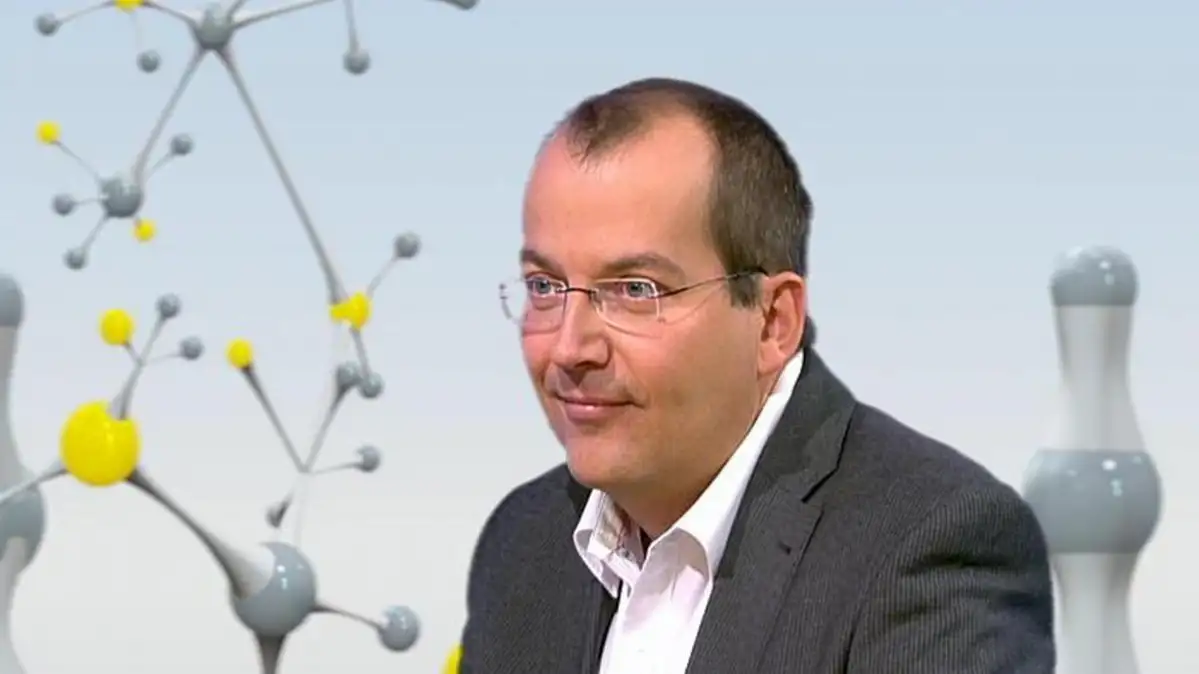Meggin Leigh:
Power to gas seems like a very complicated method. Would you say that this is really a viable option for energy storage in the future?
Jochen Bard:
Well, as we have seen before, the principle of electrolysis is more than a hundred years old. We have modern technology, and it's used a lot in industry. So we produce hydrogen at large quantities already, so it's not that terribly complicated, and the idea is now to use that technology for energy storage in the future.
What are some of the disadvantages, though, of getting there?
Well, certainly, energy storage comes with cost, so we would need to find ways how to make it cheaper, and secondly, we need techical systems to realize storage at a large scale, and the idea here is to use the existing gas infrastructure for that.
Now the tanks that would be used for the storage - how would they be handled? I mean, we already see wind turbines littering landscapes, and then you would add these tanks to that, as well?
In the case of Germany, we have a huge natural gas supply infrastructure with a lot of storage capacity already in it, and that's all sub-surface technology, so it's pipelines in the ground, and we can use those for energy storage of chemical energy carriers in the future.
So these tanks would then be stored underground. We wouldn't have to have to see them; they wouldn't be eyesores.
They're already there.
The technology with power to gas still needs to be improved, and your work at the Fraunhofer Institute is focussing on that. Tell us a little bit more about what you're doing.
Yes, we've seen the feeding hydrogen into the natural gas network has technical limitations. Only a few percent of hydrogen is accepted in the gas network, and we're trying to lift that limitation by mixing the hydrogen with carbon dioxide and putting it through a reactor, and then we will have pure methane as an output, and we can feed pure methane into the gas network without limitations.
How long would this storage last?
The storage system is so big, that we can store energy for a month, if we wanted to.
A month?
Or several months.
How far off is this dream of power to gas to becoming a reality?
"Well, the technology is almost there. We still need to bring down the cost and increase the reliability, but in principle, we could start tomorrow. However, the expansion or the further deployment of renewable energies will only require storage at a large scale in the near future. In the next maybe five to ten years, we will probably start introducing those to the market.
Tell us a little bit about some of the other innovative approaches to storing renewable energies.
Well, we are looking into what we call innovative pump storage solutions that avoid the use of huge lakes - storage lakes and ponds that we need for conventional pump hydro-storage. That would be again a sub-surface technology. Then new battery technologies like lithium-ion and others are under development for large stationary applications, and there's other technologies also in the pipeline.
Sounds like a promising future for renewable energy. Jochen Bard, thank you for talking to us today.
